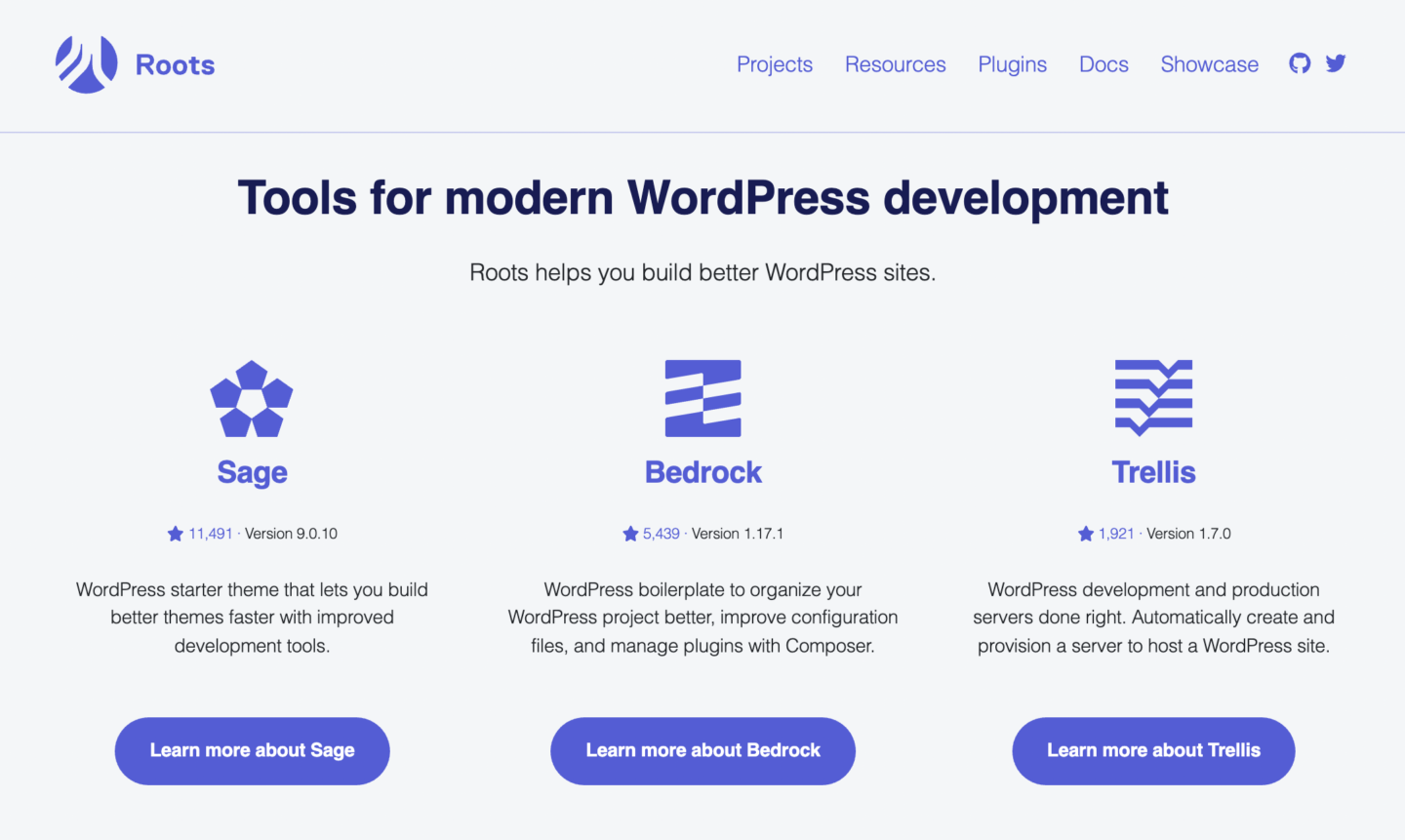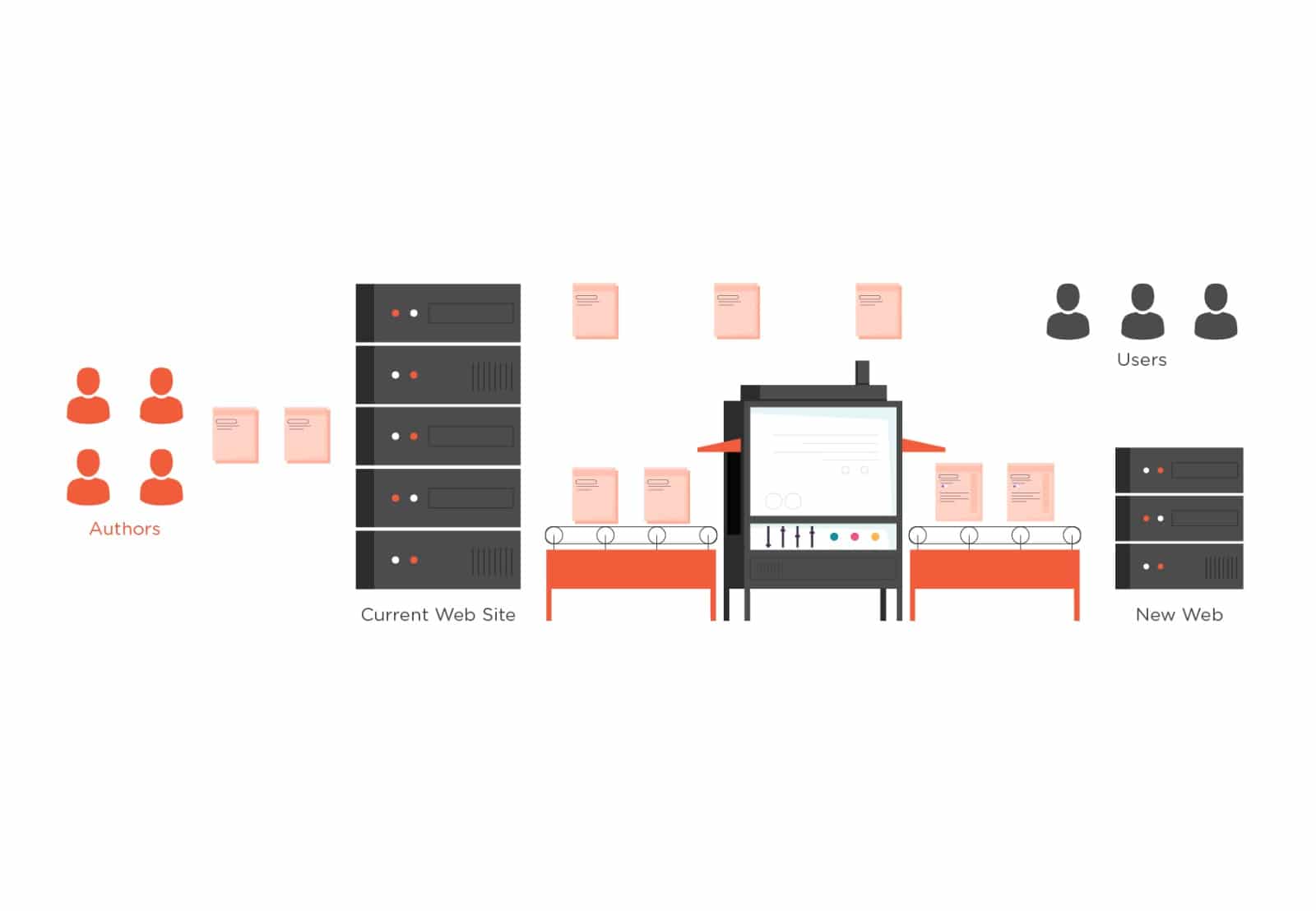
The pros and cons of using off-the-shelf WordPress themes
One of the keys to WordPress’s popular success is how easy it is to spin up a decent-looking website quickly and effortlessly.
Off-the-shelf WordPress themes allow you to install standard front-end design on your website for free, or for a nominal fee. You don’t need coders, you don’t need designers, and themes are generally good enough for what casual users are looking for — something quick, cheap and just good enough.
So we frequently get asked why a custom build is a better option for publishers over a cheap theme.
The short answer is that you get what you pay for.
A serious publishing business needs a tech stack built for its specific needs and goals. Reducing upfront costs by using an off-the-shelf theme can hamstring you down the line on everything from page speed to SEO to editorial workflows and overall business growth.
Technical debt, reverse engineering, and off-the-shelf WordPress themes
WordPress themes would be great if they were designed and built exactly to the requirements of your specific publication. By design, they almost never are. The whole purpose of most themes is that they are flexible enough to work for a variety of different publications — news sites, sites that are video-first, commerce-focused, or that need to use specific WordPress plugins and page builders. The list of potential requirements is endless.
This means themes usually have a bloated codebase that allows for this wide range of functionality, much of which you may never need. This has ramifications when it comes to site performance — PageSpeed, SEO etc — that are so important to having an edge in digital publishing today.
We believe it’s an unnecessary risk to have superfluous code on your site that could get you dinged by Google, stalling your long-term growth.
Themes, of course, can be tweaked and customised to better fit your front and back-end needs, but this can lead to even more problems. Like most things in life, reverse engineering in web development is not the path to success or happiness — and working backwards from a theme is a quick way to break things.
A bloated code base that’s compatible with a wide range of plugins and outside services means even small code changes can break the whole build in unexpected ways. If your code ends up being too far removed from the original theme, it can also be difficult (or impossible) to receive upgrades and updates from its original developers.
Other than being unpredictable and frustrating, these issues negate the primary benefit of off-the-shelf themes — that somebody else is doing the maintenance work! At that point you may as well build something extremely lean from a blank slate.
When off-the-shelf themes can be a good idea
Ok, so that’s a fair few risks of using off-the-shelf themes. But it’s worth noting that themes can be a great option when all you are looking for is a proof of concept for a publication.
If all you really want is to test is whether your content resonates with an audience, using a quick and cheap theme means you don’t have to drop thousands of dollars on what amounts to an experiment. That’s assuming of course, that your content (rather than your ideal design and site infrastructure) is the make-or-break of your operation and what you want to test in your MVP.
You also need to be comfortable with the idea of tearing down and redoing your build if you’re hoping to push it to the next level and turn it into a real business.
How theme frameworks can alleviate the risk and cost of custom builds
One way to reduce the risk and cost of building a site is to use what’s known as a theme framework.
Frameworks such as Roots and Underscores essentially provide developers with a base from which to build out a site, and come with a standard structure for how to do it. Developers can also access libraries of reusable code for a framework, which means they don’t have to reinvent the wheel when it comes to standard site functionality.

Frameworks are great because you don’t have to start from scratch and your site is standardised, consistent, flexible and iterable in the future. While they are not standard WordPress and do come with a learning curve, their extensive documentation makes it much easier to find solutions than with bespoke builds. There are also some frameworks that are a little too strict or dogmatic on site structure for our tastes (they know who they are). The key is choosing one that doesn’t restrict the type of site you want and doesn’t take you too far away from the flexibility that should be core to any build on WordPress.
The right answer depends on your goals
The Code Company has a general anti-complexity mindset when it comes to software development. That means helping evaluate and leverage off-the-shelf solutions that can cut down on development costs, allowing us to focus on unique features for your business.
But as you can tell, there’s rarely a cut-and-dried answer when it comes to themes. Our recommendations really depend on your publication, the stage of your business, and what you hope to achieve with your new site build.
Drop us a line if you’d like to discuss your needs or if there’s another topic you’d like us to address.

